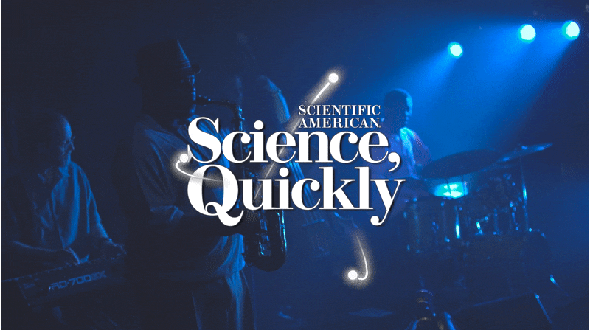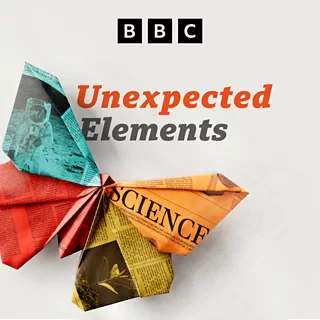Shedding light on Pink Floyd’s masterpiece.
Author: miltonline
Emergence in Minimalism and Process music from Africa to Arvo Pärt.

Hidden Music – The Composer’s Guide to Sonification (Mermikides 2025, Cambridge University Press) reveals the what, how and why of sonification and data music practices; and their role and potential in scientific and artistic communication.
ISBN 978-1-009-50031-9 Hardback
ISBN 978-1-009-25857-9 Paperback
ISSN 2633-4585 (online) online edition
ISSN 2633-4577 (print)
Publishers site: www.cambridge.org/9781009500319
Sound and music hold a strange and powerful role in film, TV and video games, aiding narrative and emotional impact. They can even exist in the world of ‘the film’ – heard by the characters – or in the world of the audience. Music can even break the fourth wall, travelling through and blurring these conventionally separate worlds. By examining films through history from Blazing Saddles, Elf, The Truman Show toBirdman, we explore this ‘fantastical gap’ and its transformative effect on the audience.
Part of:
This event was on Thu, 16 Jan 2025
A musical theoretical tour of the Beatles and their stylistic, lyrical, rhythmic, harmonic and technological invention.
Bach’s Invention
Lecture 4 of the Nature of Music Gresham Lecture Series.
The Art & Science of Tuning
The first of the 6-part Gresham College Lecture Series, delivered at LSO St. Luke’s, Sep 14 2023. Now on YouTube. Transcript.
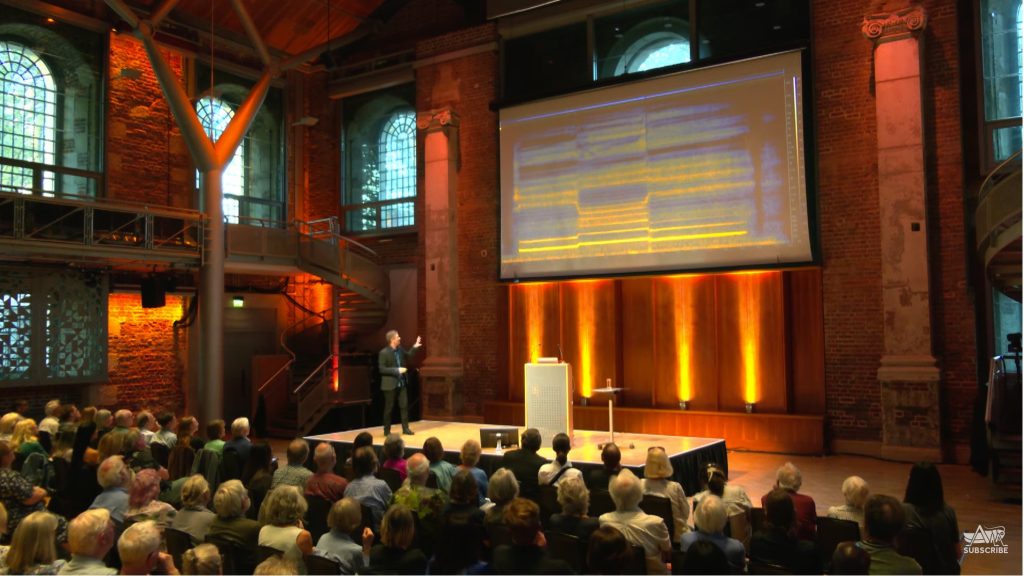
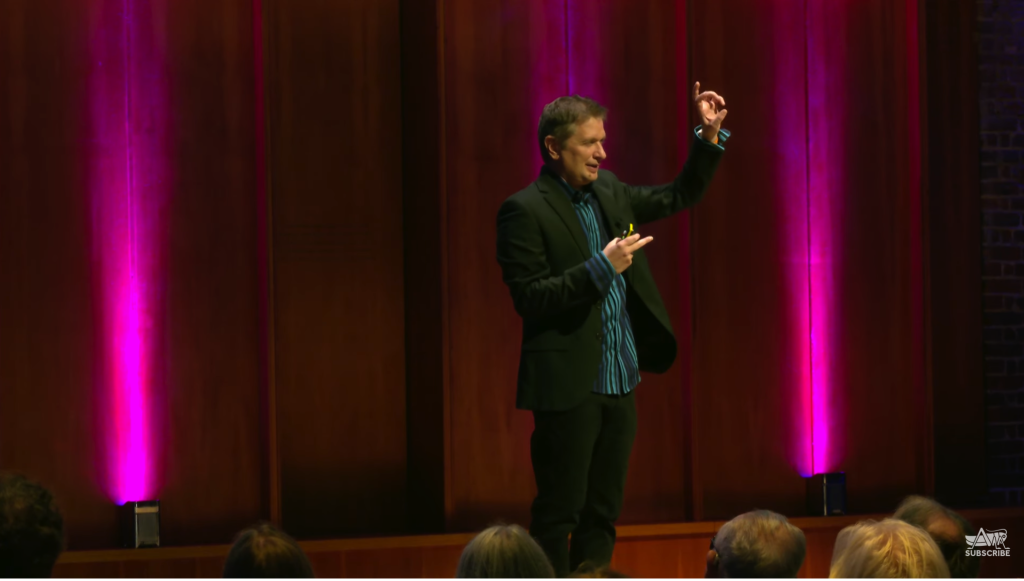
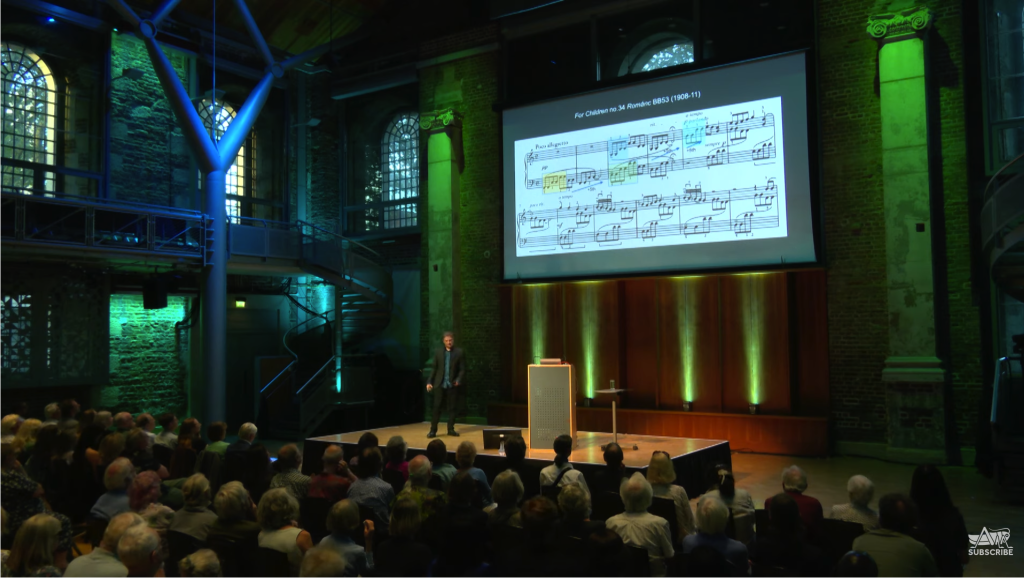
Musical Chills & Pains
How is music able to convey and trigger such range and depth of emotion? Why does it elicit joy, sorrow, consolation and the chills? Employing research and theoretical models from neuroscience, psychology and musicology, we examine the extraordinary ways that primal and conditioned listening combine to such complex emotive effect. Examples from pop, jazz, rock, film, global, traditional and classical forms are presented under the light of nostalgia, visual imagery, emotional contagion, rhythmic entrainment, aesthetics, expectation and the extra-musical.
Contribute to the lecture by telling us about music which moves you; take our Musical Chills Survey>>
Great to be involved in this Scientific American podcast episode unpacking micro-timing expression (‘swing’, ‘time-feel’ etc) with the brilliant Nina Kraus, Theo Geisel and Charles Keil. Thanks to host Joe Polidoro.
A discussion on sonification and the intersection of science and music on the Unexpected Elements science programme, broadcast July 6 2023 on BBC World Service and BBC Sounds.
Available here as well as on all other platforms. (The Coolest Science section starts at around 29:25 minutes).
I am excited and honoured to be appointed the 37th Gresham Professor of Music, and the rich opportunity to share music knowledge it affords. This is a post that has been running since 1597 – offering (thanks to the will of Thomas Gresham) free public lectures to all – and to inherit the professorship from the likes of John Bull, Iannis Xenakis and Joanna MacGregor is quite surreal. I’ll be giving six public lectures a year which you can attend live, watch on live-stream or after the event. Details on the 2023-24 Lecture Series – The Nature of Music are here

Phibonacci Nova 2023
A remake (with animation and updated music) of the 2011 Phibonacci Nova – A Bossa about the Fibonacci Series featuring Bridget Mermikides on vocals and vocal arranging.
Forget all my moon phases and compasses, this is super useful practical tips to compose with modes. 7 tips to use in your compositions of any style.

Some words on Jeff Beck (with John McGrath of the IGRC)for the Conversation
Release of Perks & McGrath edited collection of contemporary guitar research. A wonderful project to be involved with (contributing a chapter on ‘The Digital Fretboard) and design the cover)

In the 21st Century, the guitar, as both a material object and tool for artistic expression, continues to be reimagined and reinvented. From simple adaptations or modifications made by performers themselves, to custom-made instruments commissioned to fulfil specific functions, to the mass production of new lines of commercially available instruments, the extant and emergent forms of this much-loved musical instrument vary perhaps more than ever before. As guitars sporting multiple necks, a greater number of strings, and additional frets become increasingly common, so too do those with reduced registers, fewer strings, and fretless fingerboards. Furthermore, as we approach the mark of the first quarter-century, the role of technology in relation to the guitar’s protean nature is proving key, from the use of external effects units to synergies with computers and AR headsets. Such wide-ranging evolutions and augmentations of the guitar reflect the advancing creative and expressive needs of the modern guitarist and offer myriad new affordances.
21st Century Guitar examines the diverse physical manifestations of the guitar across the modern performative landscape through a series of essays and interviews. Academics, performers and dual-practitioners provide significant insights into the rich array of guitar-based performance practices emerging and thriving in this century, inviting a reassessment of the guitar’s identity, physicality and sound-creating possibilities.
https://www.bloomsbury.com/uk/21st-century-guitar-9781501373305/
An investigation of how music conveys and triggers such a range and depth of emotion. Featuring the BRECVEMA (aka EVERBEAM X) model of music psychology.
References:
Juslin & Västfjall, ‘Emotional responses to music: The need to consider underlying mechanisms, Behavioral and Brain Sciences, 31, 2008; 559-621.
Juslin, Liljeström, Västfjäll, & Lundqvist. (2010). How does music evoke emotions? Exploring the underlying mechanisms. In P.N. Juslin & J. Sloboda (Eds.), Handbook of Music and Emotion: Theory, Research, and Applications (pp. 605-642). Oxford: Oxford University Press.
Huron, D. (2006). Sweet anticipation: Music and the psychology of expectation. MIT Press
Pieces include:
QED Theme, Corale – Mermikides, M.
Small Comfort – George Hrab
“Hidden music” is a talk given in the interdisciplinary seminar series on Eudaimonia and Human Flourishing on 24.05.2022 at Linacre College, Oxford University. The talk is in two conceptual halves: The nature of music and the music of nature. For info and to watch the talk click below.
A short, deep dive into harmonic consonance and dissonance and an understanding of harmonic flavour and spiciness. Dissonance curves, interval classes, vectors, All-interval tetrachords and introducing the Harmonic Scoville (or Scofield?) Scale.
This video reveals the beautifully interconnected symmetry of the diatonic modes, three entwined cycle of rotation, brightness and reflection in a single compass. Further Reading/Sources: Touissaint’s original Euclidean paper (concerning rhythms but relevant here): http://cgm.cs.mcgill.ca/~godfried/pub… Persichetti’s quite awesome and insightful ’20th century harmony’: https://www.academia.edu/38883692/Vin…
Every chord in the (12TET) Universe – a gentle introduction to Pitch-class Set Theory.
To download the Mr. PC patches (for Max/MSP standalone and Max for Live click below. Note: 1) they both need the excellent and free Bach package by A. Agostini & D. Ghisi (installable in Max’s Package manager) consider donating (to them). 2) For Apple Silicon computers, Max needs to be running under Rosetta. 3) These are good enough tools for teaching and music adventure – use at your own theoretical risk.
A cosmic view of the earthly and unassuming diatonic scale.


